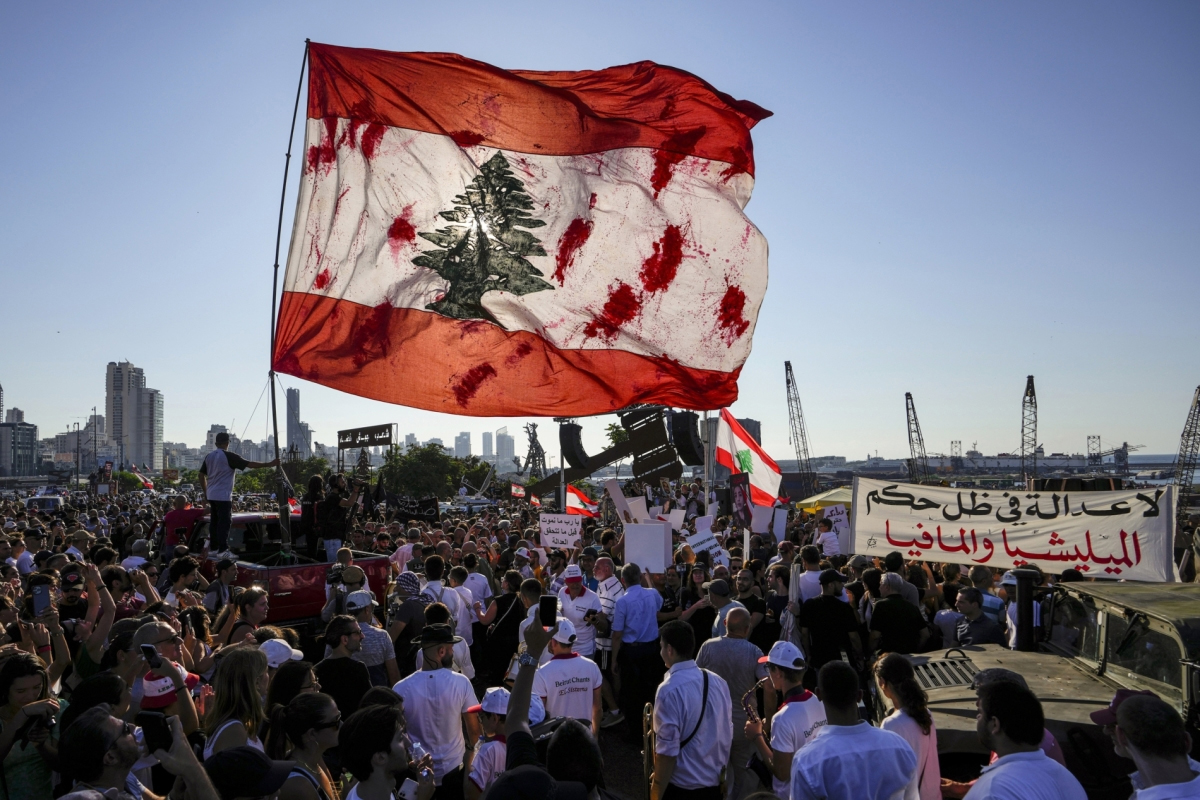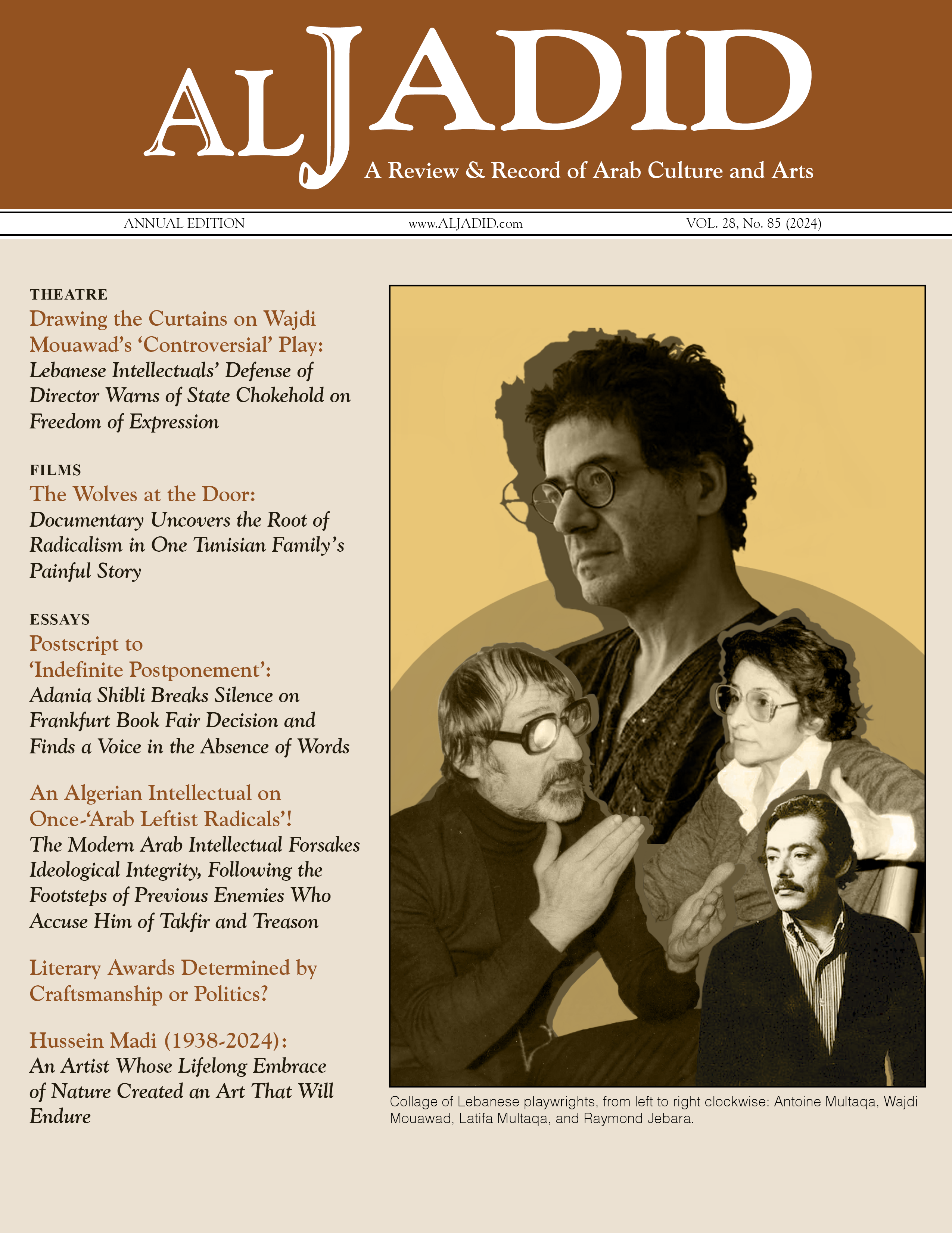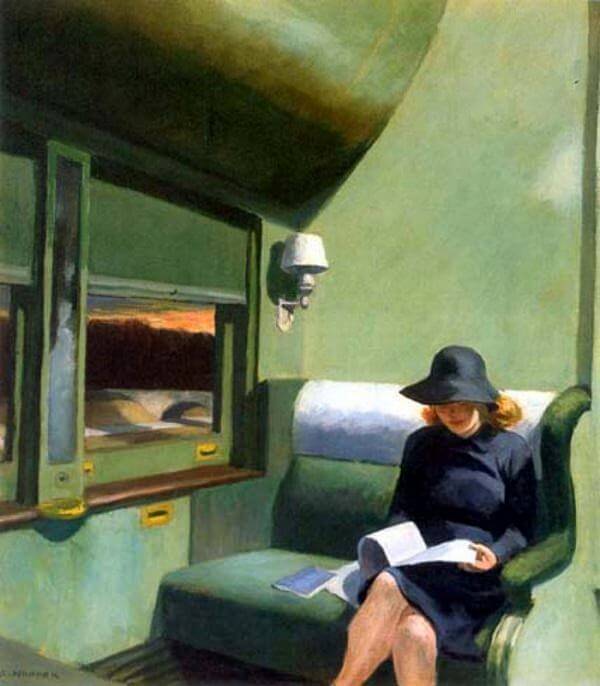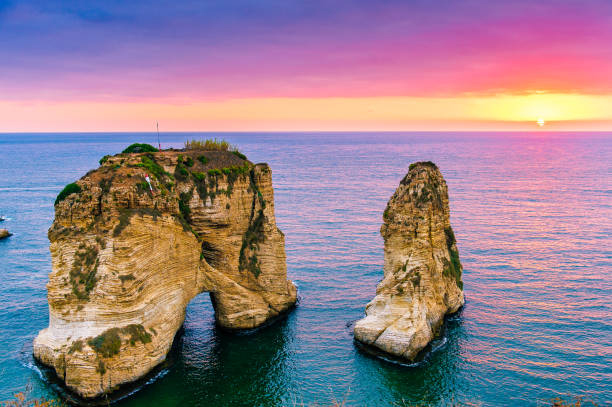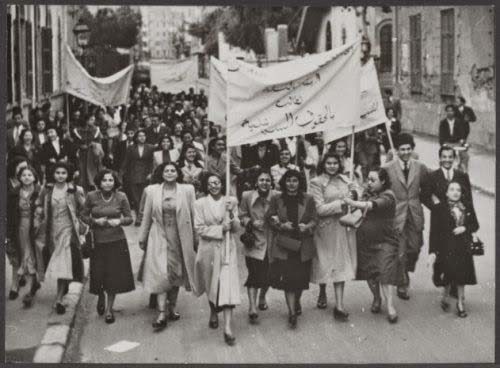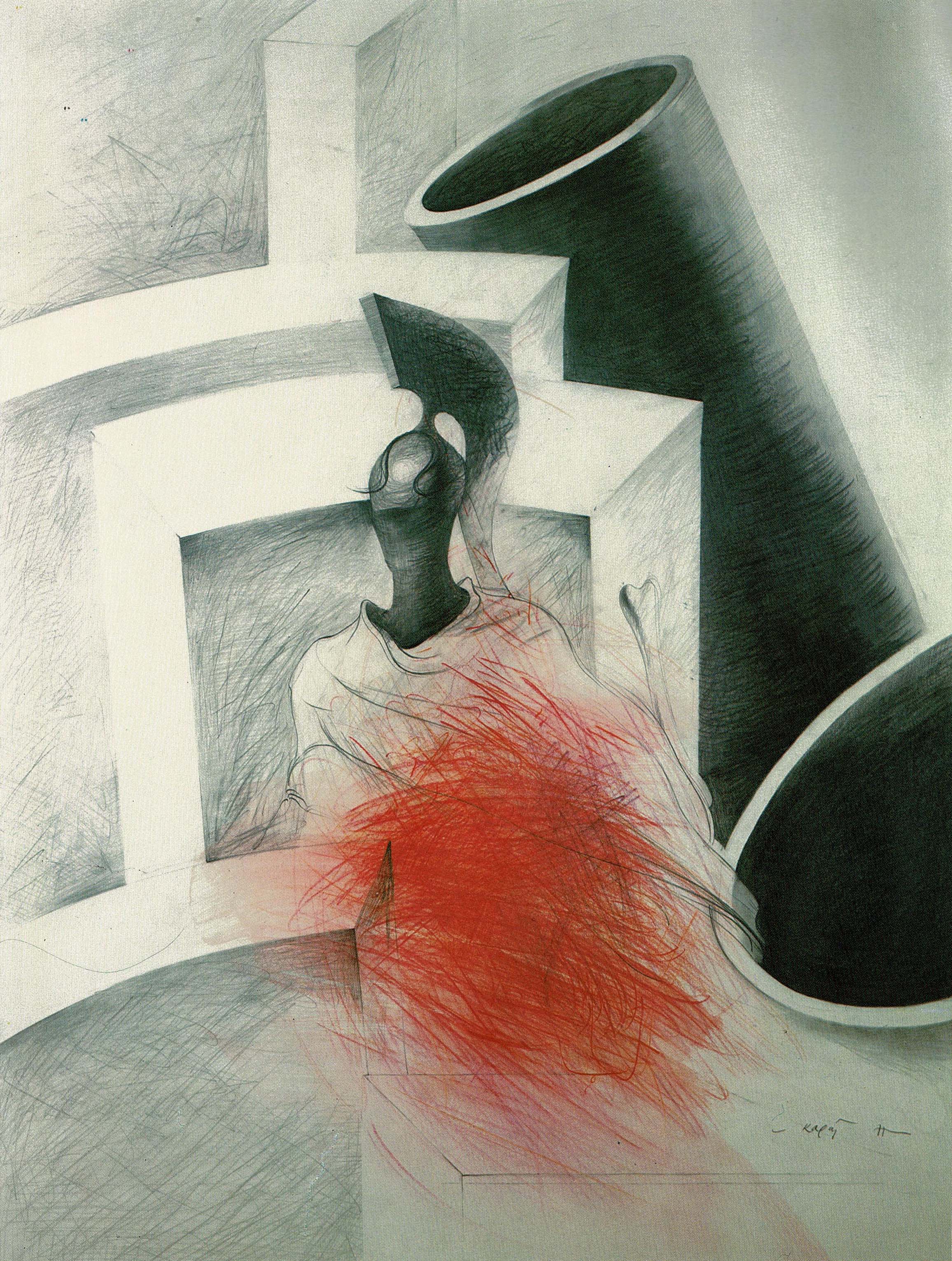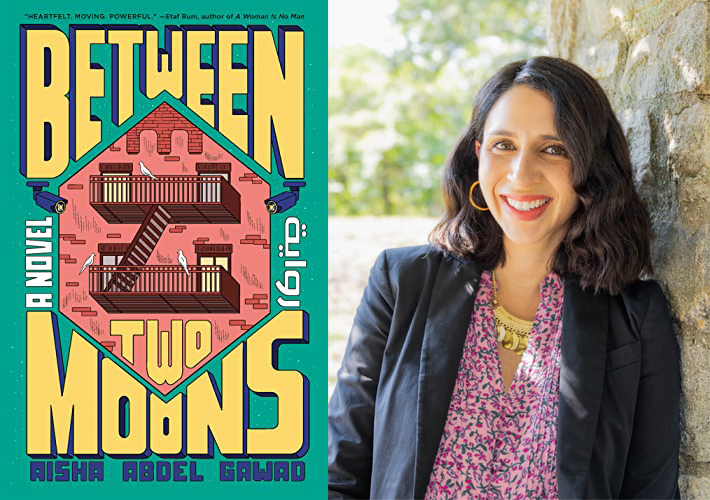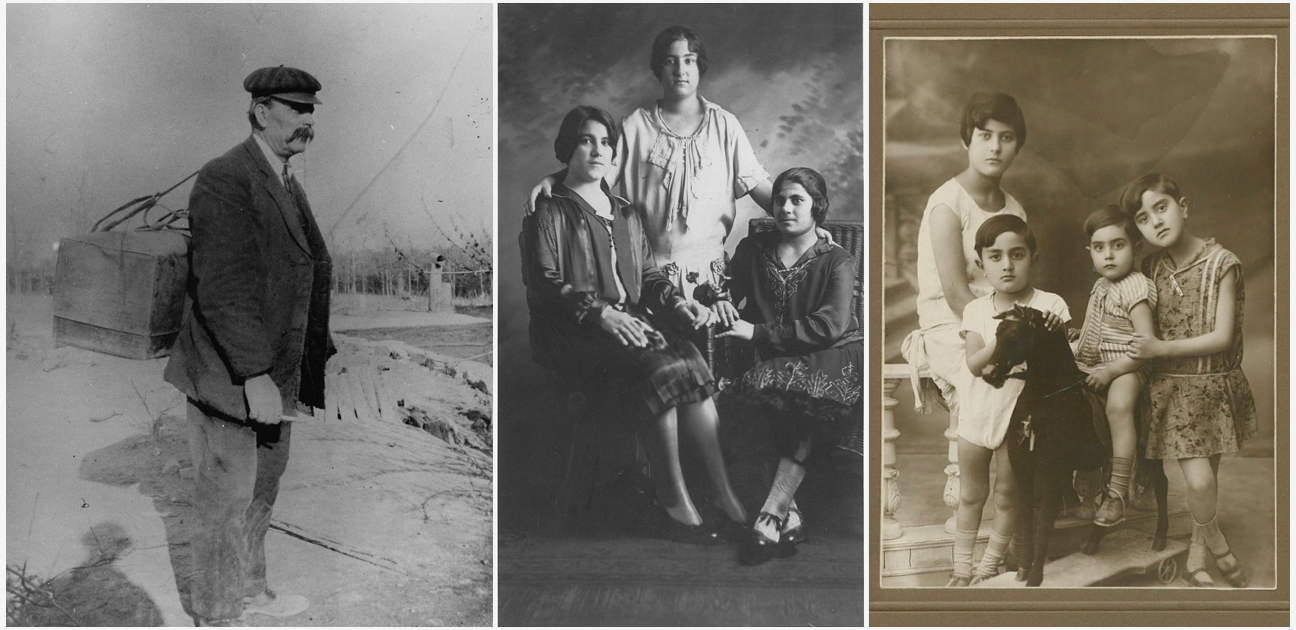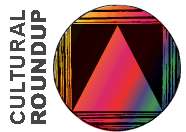
Farewell to Habib Sadek (1931-2023): Friend, Poet, and Exceptionally Honest Politician
Having Self-Exiled from the Turbulent World of Lebanese Politics, Sadek Dies Peacefully at 92
Twin Sisters Tell a Familiar Tale: Growing Up Arab American in the Aftermath of September 11
Between Two Moons: A Novel
By Aisha Abdel Gawad
Doubleday, 2023
With her debut novel “Between Two Moons,” Aisha Abdel Gawad joins her Arab Anglophone sisters in writing: Isabella Hammad, Susan Abulhawa, Hala Aylan, Laila Lalami, and others.
Nazik al-Malaika: Queen of Free Verse Remains Uncertain
Fifty Years of Debate Yield No Consensus Over Her Place on the Throne of New Arabic Poetry
Rarely do I open a cultural page in Arab newspapers, whether print or online, without catching wind of new discourse on modern poetry. Though I have never written poetry, the topic naturally draws my interest as an academic in political science, lecturing on debates between tradition and modernity for nearly a third of a century...Debates between traditional and new poetry shouldn’t be dismissed as simply Byzantine arguments.
To a Woman He Never Met: What Gibran’s Love Letters to May Ziadeh Reveal About the Inner Life of the ‘Prophet’s’ Author
For the ordinary reader, “Love Letters” is a short yet savorable book, with letters you can thumb through when drawn to thoughtful musings or aspirations to better oneself. For those interested in Gibran as either a literary giant or an artist, this collection of letters provides a nuanced narrative of his deep spiritual yearnings, dedication to his work, extended gentleness, and benevolent humor.
A Fresh Look at the Debate: Definitions and Historiography of Arab Americans in the New Century
1-4
Arab American literature and how we define it remains central to the field’s discourse. Some scholars believe prior knowledge of Arab culture is essential to comprehending Arab American literature since it is an ethnic genre. Since the 20th century until the present, Arab Americans have strongly lobbied to classify Arab American studies as an ethnic field and draw a line between Middle East studies — which belongs to the area studies — and ethnic studies.
The Imperialism of Indifference: From Colonial Voice to Reliable News Source Trusted by Generations, the BBC Closes its Iconic Arabic Radio After 85 Years
The demise of BBC Arabic closes a chapter in modern Arab history. This is not a romantic or idealistic lamentation. Any Arab student or scholar who lived through or part of the post-WWI era of the 20th century can easily recognize the association between BBC Arabic and major political events. The question becomes not who are the writers of history — it is a history written by the literate or middle classes as opposed to a popular history.
Brexit and Lebanon’s Economic Collapse Close the Chapter of London’s Iconic Saqi Bookshop
Like a picture captured in history, the iconic arched façade and intricate pilasters of Al Saqi Books have overlooked London’s Westbourne Grove Street for decades, welcoming patrons and everyday passersby on the street with an enticing array of books lining its display windows. A yellow and blue shop sign greets visitors, donning the bookstore’s logo: a man carrying a waterskin on his back, leaning down to pour water for two children.

